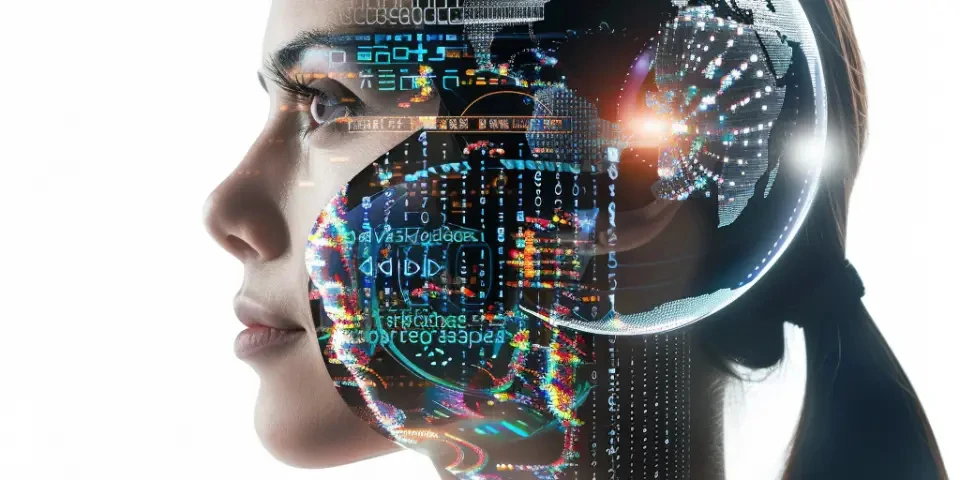From Classroom to Virtual Reality AI-based Fakemon Educational Tools for the Future
Education is constantly evolving, and with the advancements in technology, we are witnessing a shift from traditional classroom learning to virtual reality (VR) experiences. One of the most remarkable developments in this field is the emergence of AI-based Fakemon educational tools. These innovative tools leverage the power of artificial intelligence and gamification to revolutionize the way students learn. In this article, we will explore the various aspects of these educational tools and their potential impact on the future of education.
1. Gamification in Education: Enhancing Engagement and Motivation
Traditional education often struggles to engage students and keep them motivated. AI-based Fakemon educational tools tackle this issue effectively through gamification. By introducing game-like elements such as rewards, challenges, and leaderboards, these tools transform learning into an immersive and enjoyable experience. Students are excited to explore the virtual world, collect Fakemon (fictional creatures designed to teach specific concepts), and progress through levels, thus fueling their motivation to learn.

Gamification also enhances collaboration among students. Through interactive features like multiplayer battles and trading, students can team up and foster teamwork skills. Building upon the popularity of augmented reality (AR) and VR technologies, these tools provide a truly interactive and engaging learning environment.
2. Personalized Learning with AI: Customized Education for Every Student
One of the key advantages of AI-based Fakemon educational tools is their ability to offer personalized learning experiences. Through the analysis of individual learning patterns and preferences, artificial intelligence algorithms can tailor the content and difficulty level to suit each student's needs. This personalized approach ensures that every student receives optimal challenges and support, resulting in improved learning outcomes.
Moreover, AI algorithms can identify and address knowledge gaps in real-time. When a student struggles with a particular concept, the AI system can provide immediate feedback, suggestions, and additional resources to facilitate better understanding. This adaptive learning methodology promotes self-paced education, accommodating different learning speeds and styles.
3. Interactive Virtual Reality Experiences: Bridging the Gap between Theory and Practice
The integration of VR technology into AI-based Fakemon educational tools bridges the gap between theoretical knowledge and practical application. By immersing students in realistic virtual environments, these tools enable hands-on experiences that were previously limited to textbooks or simulations. For example, students can virtually dissect Fakemon, interact with their anatomy, and understand complex biological concepts in a visually engaging and interactive manner.
In addition, VR allows students to explore historical events, visit famous landmarks, or travel through space. These immersive experiences not only enhance understanding but also foster curiosity and a love for learning. They bring subjects to life, making education not just informative but also memorable.
4. Assessing Progress and Providing Feedback: Continuous Evaluation
AI-based Fakemon educational tools provide continuous evaluation and feedback to guide students in their learning journey. Traditional assessment methods like exams or quizzes are often stressful and limit the understanding of a student's capabilities. In contrast, these tools utilize AI algorithms to assess student performance based on their interactions within the virtual environment.
The AI system can track progress, identify strengths and weaknesses, and provide constructive feedback for improvement. Through a comprehensive and holistic evaluation of multiple factors, such as accuracy, speed, and problem-solving skills, students receive a more accurate depiction of their skills and can develop a growth mindset.
5. Real-Time Collaboration and Peer Learning: Expanding the Boundaries
AI-based Fakemon educational tools facilitate real-time collaboration and peer learning, transcending geographical boundaries. Students from different parts of the world can connect, communicate, and learn together in a shared virtual environment. Through interactive features like chat, voice communication, and cooperative gameplay, students can exchange ideas, share knowledge, and collectively solve problems.
These collaborative experiences enhance cultural understanding, promote diversity, and prepare students for the globalized world. They also provide opportunities for students to develop essential 21st-century skills, such as communication, teamwork, and digital literacy.
Frequently Asked Questions
1. Are AI-based Fakemon educational tools limited to specific subjects?
No, these tools can be applied to a wide range of subjects, including science, mathematics, history, languages, and more. The flexibility of AI algorithms allows for the creation of Fakemon tailored to various educational domains, making learning interactive and engaging across different subjects.
2. How can educators incorporate AI-based Fakemon educational tools into their teaching methods?
Educators can integrate these tools into their curriculum by designing lessons and activities around the virtual world of Fakemon. They can create quests, missions, or assignments that require students to apply their knowledge to solve Fakemon-related challenges. Additionally, educators can monitor student progress and adapt their teaching strategies based on the AI-generated insights.
3. Are these tools suitable for all age groups?
Yes, AI-based Fakemon educational tools can be adapted to different age groups and learning levels. The content and complexity of challenges can be adjusted to suit the cognitive abilities of students ranging from elementary school to university. This versatility ensures that the tools remain suitable for a broad range of learners.
Conclusion
AI-based Fakemon educational tools have the potential to reshape the future of education. By combining gamification, AI, and virtual reality, these tools offer personalized, engaging, and immersive learning experiences. They bridge the gap between theory and practice, enhance collaboration and peer learning, and provide continuous evaluation and feedback. With their versatility and adaptability, these tools can revolutionize education across various subjects and age groups. As we embrace the advancements in technology, it is clear that the future of education lies in the realm of AI-based Fakemon educational tools.
References: - https://www.frontiersin.org/articles/10.3389/frobt.2021.685275/full - https://www.sciencedirect.com/science/article/pii/S1877042817324894
Explore your companion in WeMate